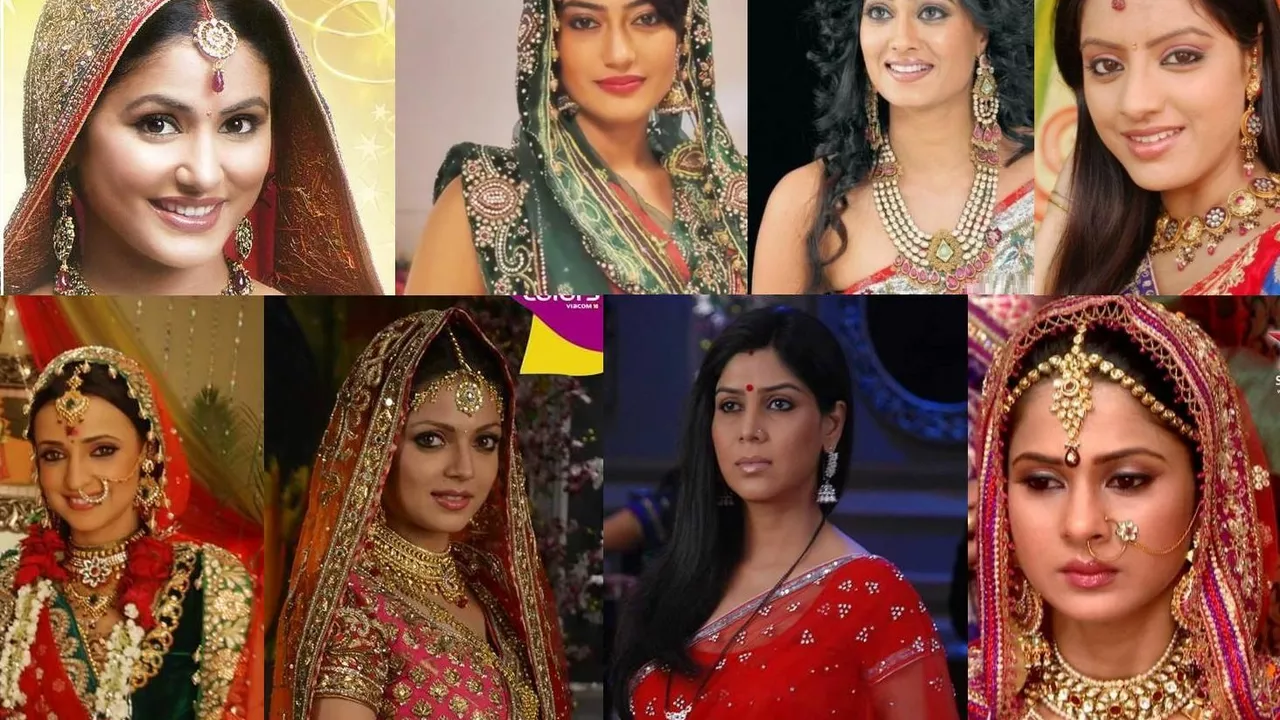Media Bias: What It Is and How to Spot It
Ever read a news article and feel like something’s off? Maybe the story seems tilted, or the facts feel cherry‑picked. That’s media bias in action. It’s not about conspiracy; it’s about the subtle ways headlines, word choices, and story angles can shape what you think.
Why Media Bias Matters
Bias can swing public opinion, influence elections, and even affect how we view other cultures. When one side of a story gets more airtime, we end up with a warped picture of reality. This matters for anyone who wants to make informed decisions—whether you’re voting, buying a product, or just chatting with friends about current events.
In India, the mix of regional outlets, national broadcasters, and social media adds layers of bias. A local newspaper might favor a regional party, while a national channel could lean toward the ruling coalition. Understanding these leanings helps you filter out the noise and focus on the facts that truly matter.
Tips to Spot and Counter Bias
1. Check the headline. Sensational or emotionally charged headlines often hide nuance. Ask yourself: does the title oversimplify the story?
2. Look for source diversity. If every article you read quotes the same official or think‑tank, the coverage is probably one‑sided. Seek alternative sources that present different viewpoints.
3. Notice loaded words. Words like "crisis," "miracle," or "propaganda" carry judgment. Neutral reporting sticks to facts without sprinkling opinion.
4. Compare data. When statistics are cited, check the original report or dataset. Numbers can be presented in a way that amplifies or downplays an issue.
5. Watch the balance. A balanced article will give space to both sides of an argument, even if it leans slightly toward one. If the piece only shows one perspective, it’s likely biased.
6. Use fact‑checking tools. Websites like Alt News, Fact Crescendo, or international validators can quickly confirm or debunk claims.
7. Take a step back. If a story feels too good or too bad, pause. Consider why it might be framed that way and what agenda could be behind it.
By applying these simple checks, you can cut through the bias and get closer to the truth. Remember, no outlet is completely neutral, but an informed reader can recognize the tilt and still form an educated opinion.
Feeling more confident about navigating the news? Great! Keep these tips handy, share them with friends, and start questioning what you read. The more we all practice critical consumption, the harder it becomes for biased narratives to dominate the conversation.
Alright folks, we're diving head-first into the highly debated topic of the fairest Hindi/English news channel on Indian TV - and boy, it's trickier than trying to eat spaghetti with a straw! With countless channels churning out news faster than a popcorn machine, it's a jungle out there. But if we're going for the 'Goldilocks' of news channels - not too biased, not too sensational, just right - then NDTV stands out amidst the cacophony. They've got the perfect blend of English and Hindi, like your favorite masala chai, and strike a balance between being informative and entertaining. So, next time you're channel surfing, give NDTV a shot - it might just be your new favorite news rendezvous!
